“L’Instinct de L’Ange” is a French film that had a
remarkable run in my recent tournament to determine the best film about
dogfighting. It is set on the Western
Front in the early years of the war. It
is not your run of the mill air combat movie and has a unique central
character.
Henri (Lambert Wilson) is a rich boy who has
tuberculosis. His health condition
prevents him from volunteering when France goes to war with Germany. Refusing to give up on his dream to serve his
country, he gets flying lessons in anticipation of eventually passing an
induction physical. He learns to fly in
a rickety monoplane and when the hole in his lungs closes, he is allowed to
join the French air corps. On arrival at
his base, he is counseled by a veteran pilot named Devrines (Francois
Cluzet). He gives him practical advice
like how you can tell when you are flying over the front because the German
anti-aircraft shells are black and the French are white. He also learns the best tactic is to hide
high in the sun, get in the enemy’s blind spot, and then close to fifty meters
to be sure to hit your target. His
initiation is a bit rough as he crashes upon landing twice which gets him put
on probation. Eventually he gets to
prove himself against the daily German observation plane. He uses his back seat machine gunner to get
the kill and becomes an instant hero with the nickname “German Smasher”. This must be early in the war.
It turns out Henri is a born fighter pilot. Unfortunately, as his success grows, so does
the resentment from his squadron mates.
Part of it is envy and part of it is the belief that his luck is
draining their stock of luck. That’s
right he is the opposite of a Jonah, to use a nautical equivalent. Even the commander suggests he take it easy,
he is putting too much stress on his mess mates! This is not your typical fighter squadron,
although it could be a typical French squadron.
He does get wounded and crashes after his thirtieth victory, but since
he survives he gets no cred from his mates.
When Devrines predicts that the experience will cause him to become
timid, we get a remarkable scene where he tails an observation plane and allows
the machine gunner to expend all his ammunition without fighting back. Things come to a head when his comrades start
sabotaging his plane. This results in an
aerial duel between Henri and one of his comrades.
| Henri is the only pilot in the French air force who wants to shoot down Germans |
I did not like “Angel’s Wing” at first. Wilson was a bit wooden as Henri, but he
grows on you as does the character.
Henri is patriotic, but not obsessed.
He is not a glory hound like you see in a lot of dogfighting
movies. He just believes the war is
about shooting down enemy planes and is perplexed (as was I) over his peers’
lackadaisical attitude toward that simple strategy. They look forward to the reward of two days
off if they shoot down one plane. The
Devrines character is intriguing as well.
He wavers between being Henri’s mentor and his critic. The two actors dominate the film with the
supporting cast making little impression.
The strength of the movie is its unusual script and
its unique take on WWI air combat. The
movie had a limited number of aircraft available, but they are vintage. You get to see a Morane, Farman, Spad,
Rumpler, and Fokker Dr. 1. The
acrobatics are outstanding. There is no
use of CGI so the movie is the opposite of “Fly Boys”. The movie gets some nice touches in. We see a listening post that has four giant
hearing aids. It is really neat to see
Henri have to stand up in flight to change his machine gun drum. There is not a lot of actual dogfighting and
all of it is duels instead of melees. No
one shoots down a plane except Henri.
The movie could have easily been a play and that’s a compliment.
It’s not the best dogfighting movie, but it is worth
the watch. It avoids almost all the
standard clichés and is unpredictable.
Just be aware that if you watch the subtitled version, the translation
sucks.
GRADE = B
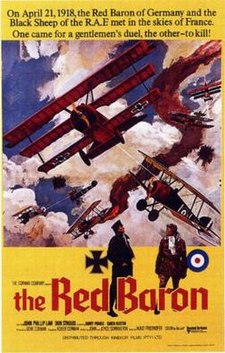
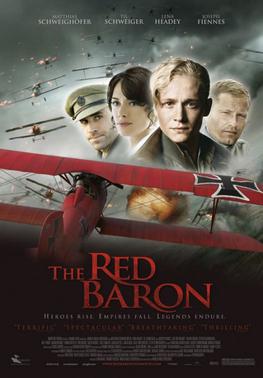
_poster.jpg)
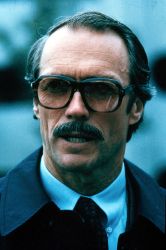



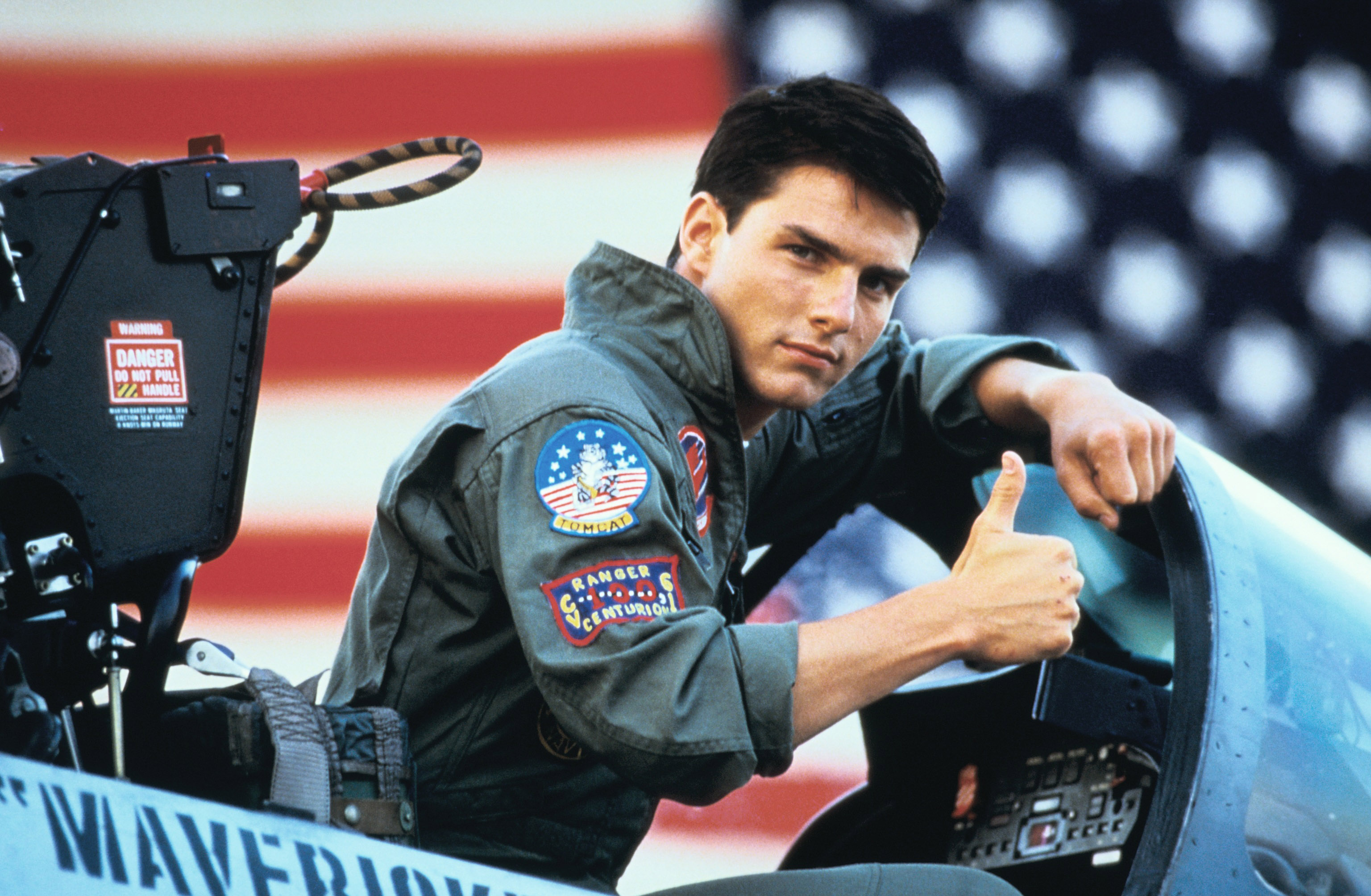

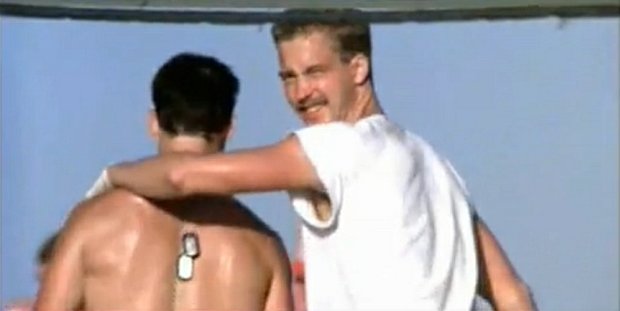

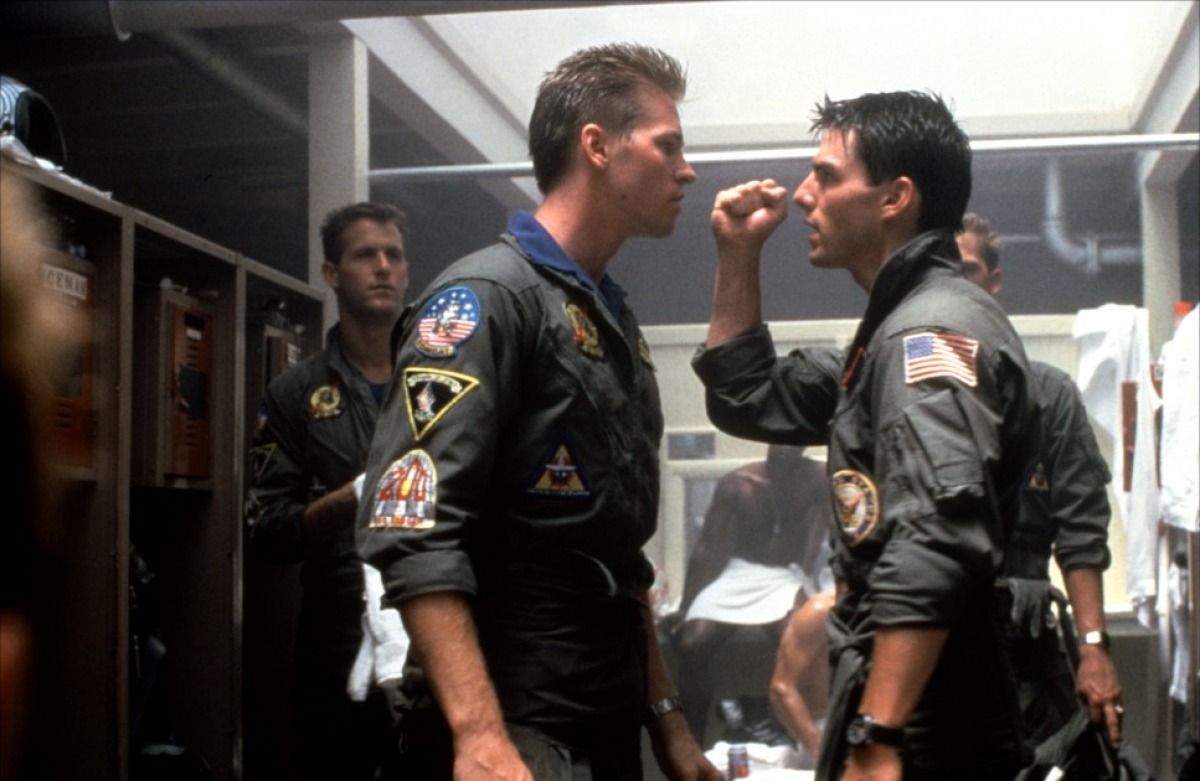
.png)



